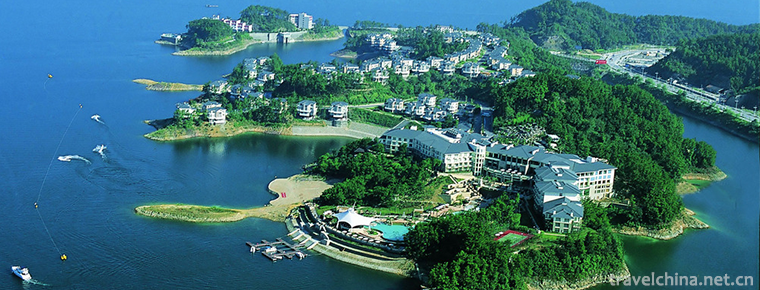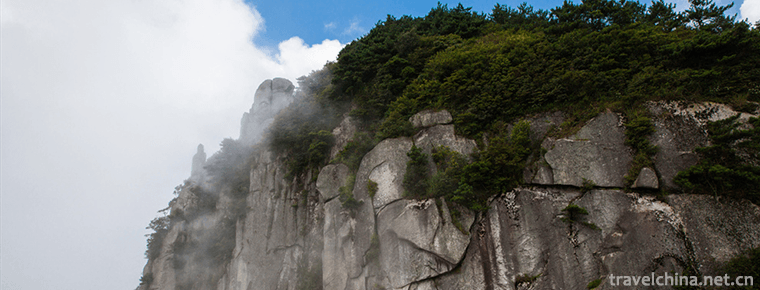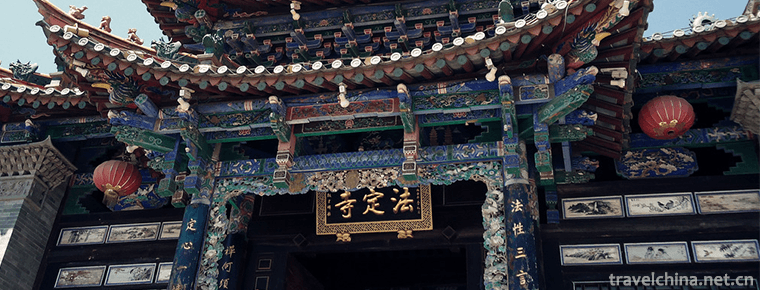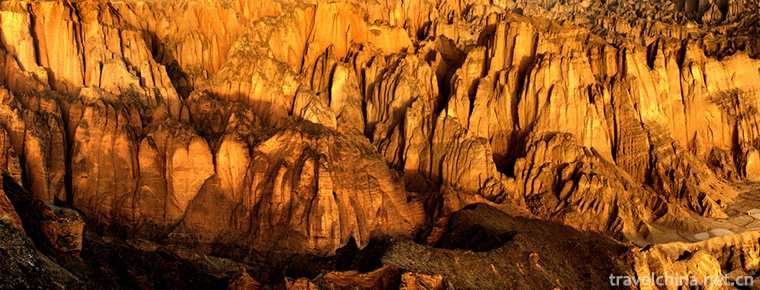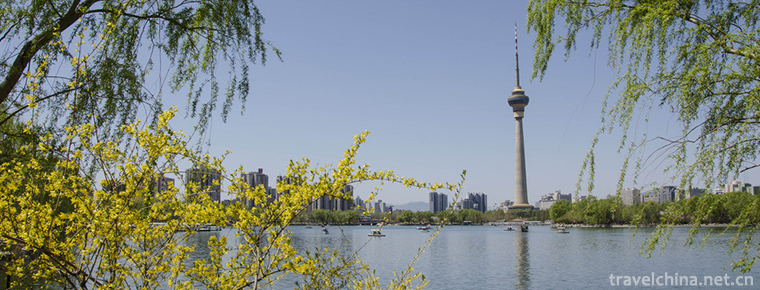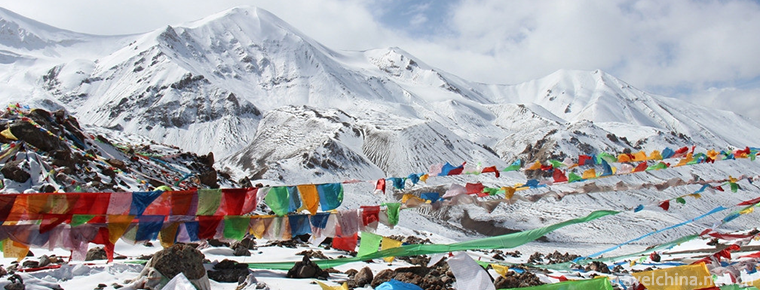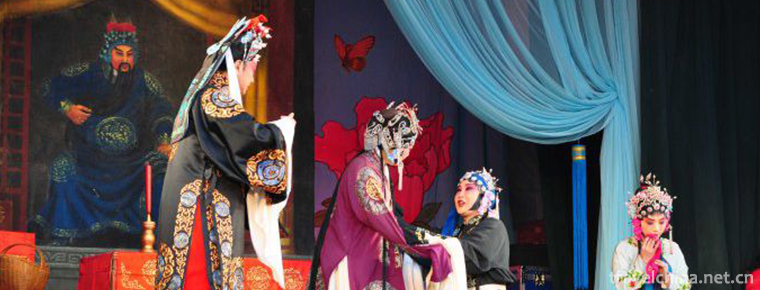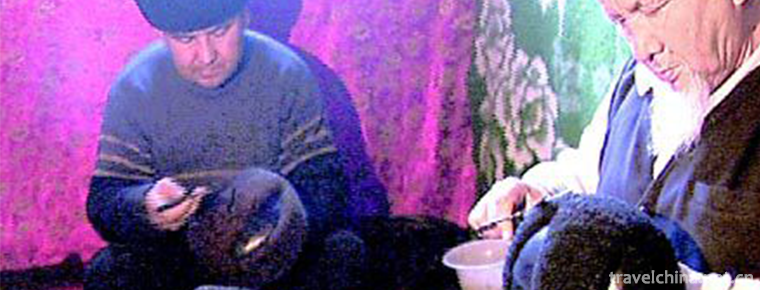Zhangye Danxia National Geological Park
Zhangye Danxia National Geological Park
Zhangye Danxia National Geological Park is the only Danxia landform and color hilly landscape complex area in China. Located at the northern foot of Qilian Mountains, 30 kilometers south of Linze County Town, Zhangye City, Gansu Province, it is one of the most developed and abundant landforms of Danxia in China. It is a typical representative of the colorful Danxia in China and has high scientific research and tourism ornamental value. In November 2005, China Geographic Magazine and 34 national media jointly organized the "China's Most Beautiful Place" competition, which was elected as "China's Seven Most Beautiful Danxia". In 2015, it was selected as 25 dreamland travel destinations by many well-known websites in China.
Jiang Wen's films "The Sun Rises Normally", Zhang Yimou's "Three Shots Shooting Surprise" and Qian Yanqiu's TV series "Detective Di Renjie (Part 3)" all take the scenic spot as the location for filming.
Development history
Zhangye Danxia landform wonder was formed 6 million years ago.
In April 2002, Lei Xingyi said one more sentence when he met with people from other provinces to collect wind at his sheep-herding place. He told tourists to go to the mountains to see the Caishan Mountain, which triggered the "domino effect". Through the introduction of past tourists and some photographers, many opera groups and famous directors were introduced here successively.
In April 2005, a rare Danxia geomorphic group was found in Linze.
On September 25, 2005, Danxia Landform of Zhangye City passed the evaluation of provincial geoparks
In November 2005, it was named one of the seven most beautiful Danxia landforms in China by the column of "Selected Beauty China" of China National Geographic magazine.
In December 2005, Zhangye Danxia landform ranked sixth among the seven most beautiful Danxia landforms in China with its unique charm created by nature.
On December 29, 2005, the overall planning of Danxia Landscape Tourist Area in Zhangye, Gansu Province passed the demonstration.
On July 26, 2006, the 10th National Danxia Landform Tourism Development Symposium was held in Zhangye. Danxia Landform in Zhangye was recommended to apply for the National Geological Park. The Initiative for Joint Declaration of World Natural Heritage by "Danxia Landscape in China" was adopted as a document of the General Assembly.
In August 2009, Danxia landform in Zhangye was named one of the six most beautiful landforms in China by the Editorial Board of Tushuo Tianxia National Geography.
On August 2, 2010, China Danxia, a nominated project for World Natural Heritage, was successfully listed in the World Heritage List after its consideration. The Danxia landform in Zhangye, Gansu Province, which is the most familiar and representative of the general public in Northwest China, is absent from this list.
In 2011, Zhangye Danxia was named one of the "10 Magical Geographic Wonders of the World" by National Geographic Magazine.
In 2011, Danxia National Geopark was rated as the 3A class tourist attraction.
Zhangye National Geopark was approved by the Ministry of Land and Resources in November 2011.
Announcement No. 3, 2013, Zhangye Danxia National Geopark Seven Colorful Danxia Scenic Area was approved as a national 4A-level tourist attraction.
In July 2015, a number of well-known websites in China announced the "25 Dream Travel Places in the World", with Danxia in Zhangye and Zhangjiajie in Hunan on the list.
geographical position
Zhangye Danxia landform is located in Linze, 40 kilometers away from Zhangye City. In the hilly area of the northern foot of Qilian Mountains with a radius of 100 square kilometers, centered on Baiyin Township, Yugur Autonomous County, Sunan, the elevation is between 2000 meters and 3800 meters, the East and West are about 40 kilometers long, and the north and South are about 5 to 10 kilometers wide. Thousands of cliff hills are all in brilliant red and brown, reflecting each other and showing their gods. They are "as colorful as Ottan, as brilliant as sunshine". The wonderful Danxia landform. Local minorities call this peculiar mountain scene "Alan Lagda" (meaning the red mountain).
The Danxia landform in Zhangye mainly has two zonal distribution areas: one is from Jinta Temple in the East and Horseshoe Temple in the west, extending to Hongshan Village in the west, focusing on Jinta, Horseshoe, Hongshan Bay, Baiyin, Dahe and Hongshan Village; the other is from Hongsi Lake in the east, extending to Heli in Gaotai to the west, with the concentrated distribution points being Hongsi Lake, Honghuanzi, Banqiao and Heli, the most unique of which are Hongshan Bay, Hongshan Bay, Hongshan Bay, Hongshan Bay, Baiyin, Dahe and Hongshan Village. Silver and red circles.
Climatic characteristics
Because deep in the hinterland of the mainland, Zhangye is a typical temperate continental arid climate with long sunshine time, abundant light and heat resources, warm winter and summer, and distinct seasons. The annual average precipitation here is only 130 mm, the average temperature is about 7 C. The best time to travel to Zhangye is from June to September, when the humid air and cool weather will make people feel better. The journey was comfortable.
Main attractions
Landscape areas mainly include glacial gully scenic area and color hilly scenic area. Binggou Scenic Area is mainly located in Kangle Township and Baiyin Township of Sunan County, Zhangye City. Colorful hilly scenic spots are mainly distributed in Nijiaying Township, Linze County. Distribution area is about 510 square kilometers, provincial geological parks, provincial scenic spots, 30 kilometers east of Zhangye City, 20 kilometers north of Linze County, 2000-3 800 meters above sea level.
Causes of formation
Danxia geological structure is formed by accumulation of rocks. It refers to the formation of isolated peaks and steep strange rocks by long-term weathering, stripping and water erosion of red sandstone, combined with the influence of special geological structure, climate change and wind and other natural environments. It mainly develops in the horizontal or gently dipping red strata from Jurassic to Tertiary, and is perpendicular to the thick red sand and conglomerate strata. The generic name of various Danxia Qifeng peaks with straight joint development. Danxia in Zhangye Qilian Mountains is mainly composed of red gravel, sandstone and mudstone. It has obvious dry and semi-arid climate impression, which is shown by cross bedding, steep four walls, vertical joints and colorful.
Qi, it is a natural scenic spot with natural scenery as the main part. It combines the majesty, danger, wonder, seclusion and beauty of Danxia Mountain in Guangdong Province, and embraces the colorful city of Xinjiang as a whole.
Tourism information
traffic
Flight: Zhangye Ganzhou Airport, also known as Zhangye Military-Civil Airport (code: YZY), currently only opens flights from Zhangye to Lanzhou and Zhangye to Xi'an. If you don't feel convenient enough, you can fly directly to Lanzhou or Xining and turn the car. The Lanzhou-Zhangye high-speed railway is only three hours, and the Xining-Zhangye high-speed railway is less than two hours.
Railway: There are two railway stations in Zhangye, Zhangye Station and Zhangye West Station (high-speed railway). From Urumqi, Xining and Lanzhou to Zhangye by train.
Public transport:
After getting off the bus at Zhangye Station, take Bus No. 1 and get off at Industrial and Commercial Bank Station. Turn No. 4 to Bus West Station. Take Bus from Zhangye to Sunan or Linze County at Zhangye Bus West Station. When you get on the bus, tell the driver to get off at Danxia. He will remind you then.
After getting off the bus, take No. 22, No. 3, No. 3, No. 3 and walk northward for about 100 meters. Take the bus from Zhangye to Sunan or Linze County at Zhangye West Bus Station. After getting on the bus, he explained to the driver that he would get off at Danxia, and he would remind him then.
Self-driving: Driving west along Sunan Highway under Zhangye Highway, 49 kilometers away from Nantaizi Village of Linze Ni Jiaying.
Cycling: Good traffic conditions, along the Zhangsu Highway (S213) westbound on Line 213 49 kilometers, on the right side of the road to see a sign "Zhangye Danxia National Geopark Core Tourist Area" turn left ahead 600 meters.
Rental and fees: about 800 yuan per bus (day) and 160 yuan per chartered bus to Danxia.
Ticket information
Zhangye Danxia's ticket is 60 yuan, from ticket (40 yuan) plus battery car (2 yuan).
Zhangye Danxia National Geological Park
It consists of two parts. Tourists can not climb the colorful mountain by themselves. They need to climb the four scenic spots by battery car.
(1) Older people over 70 are free to hold certificates; students and officers enjoy half-price discounts on certificates (excluding battery cars)
(2) Children's ticket: No ticket for height below 1.2
Opening time: 5:30-20:30 in summer and 8:00-18:00 in winter.
best Times
The best time to watch Danxia landform is after the rain, so after the wet rain, the color is more brilliant and bright.

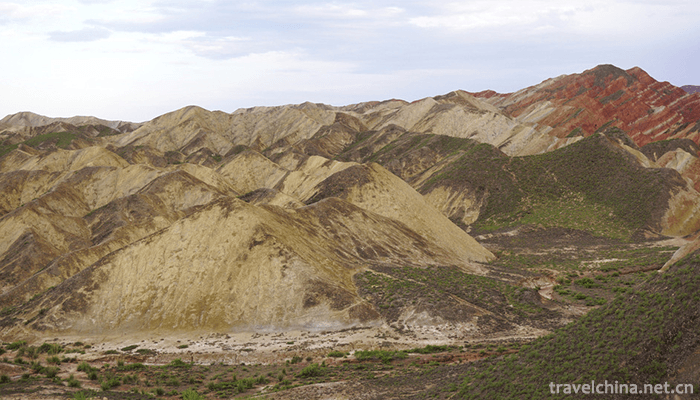
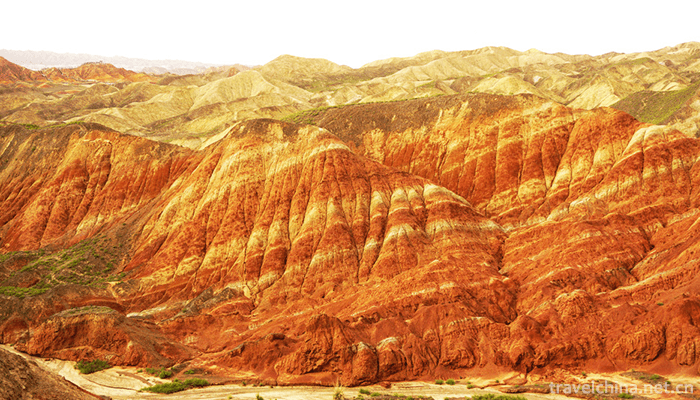
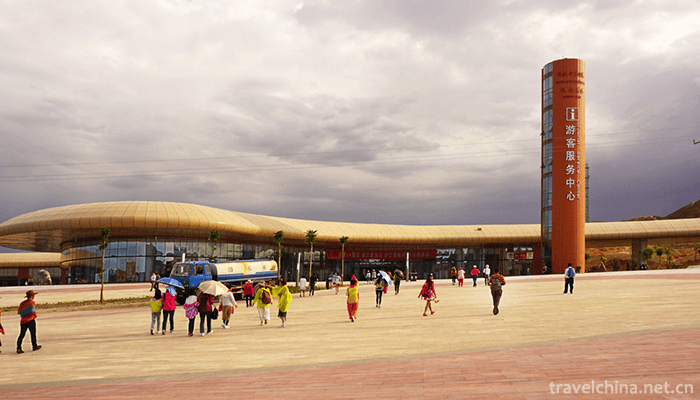
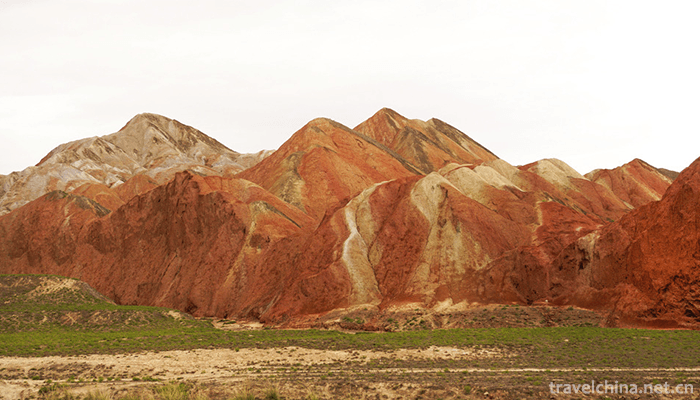
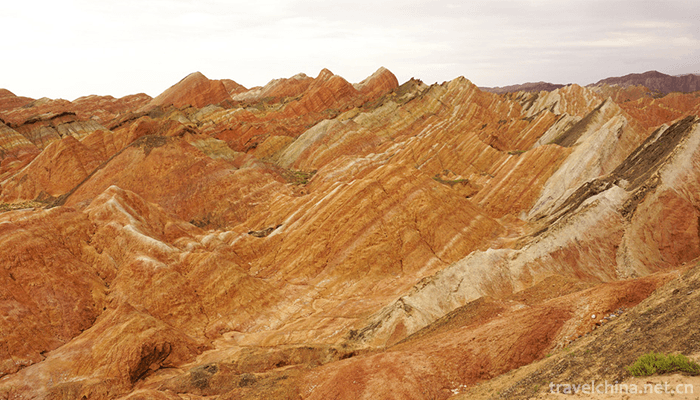
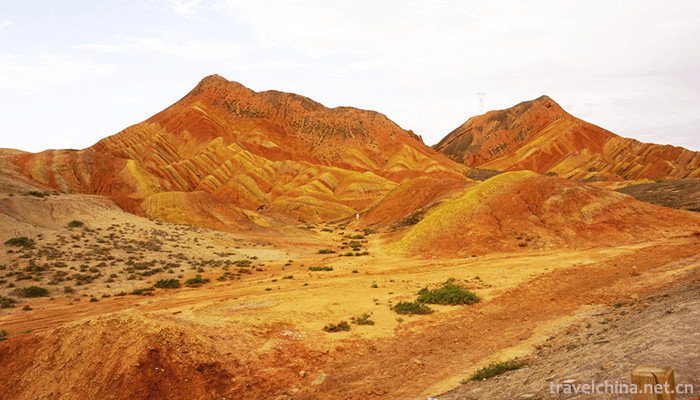
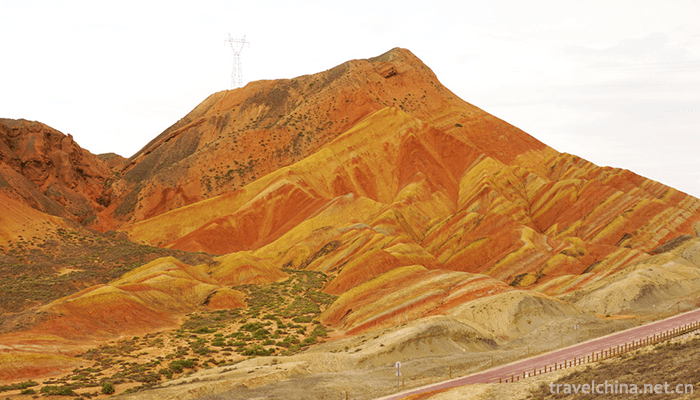
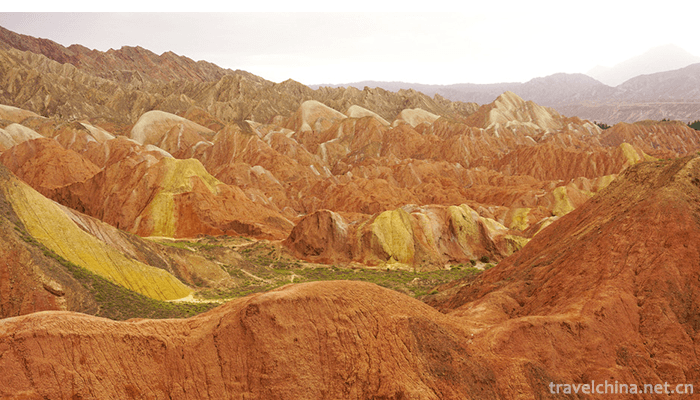
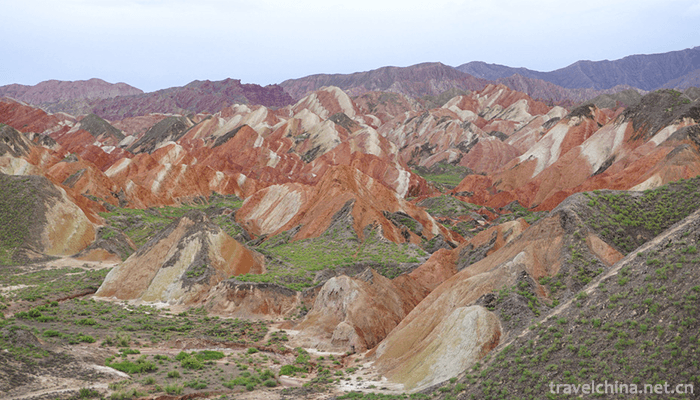
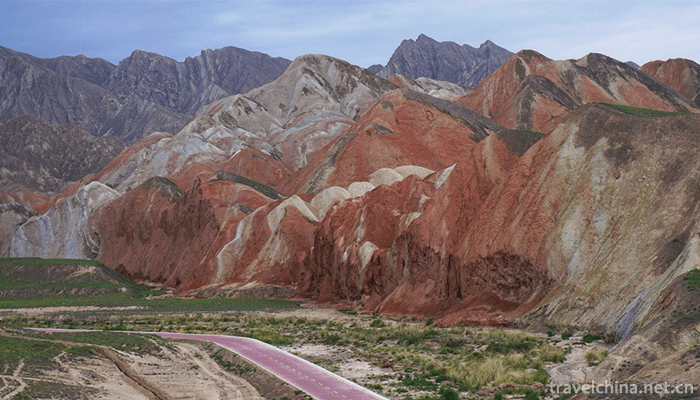
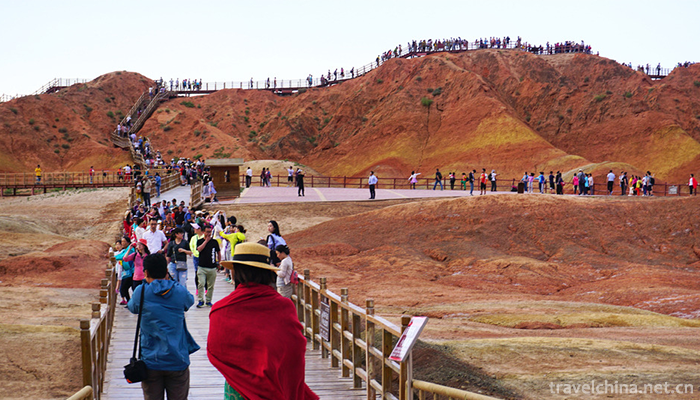
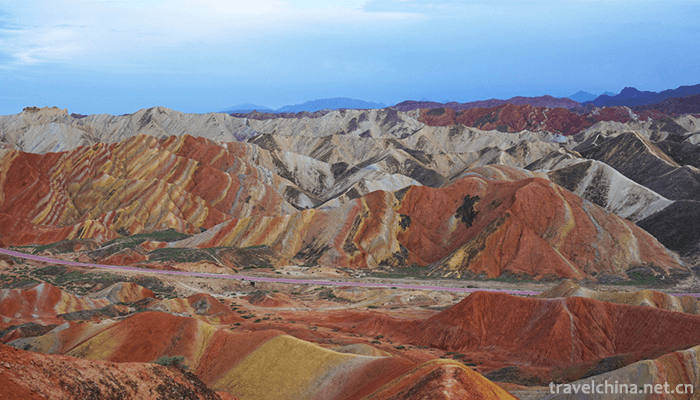
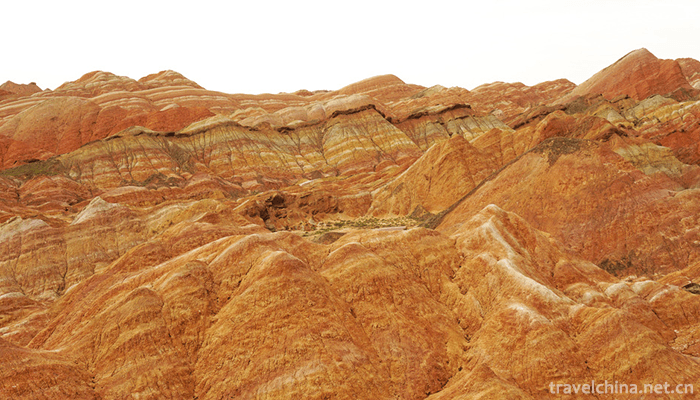
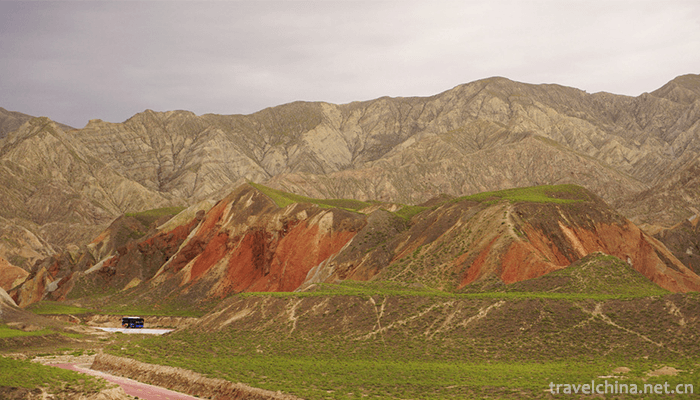
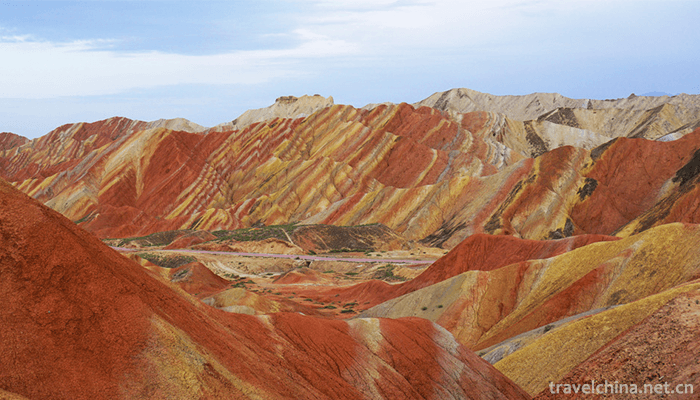

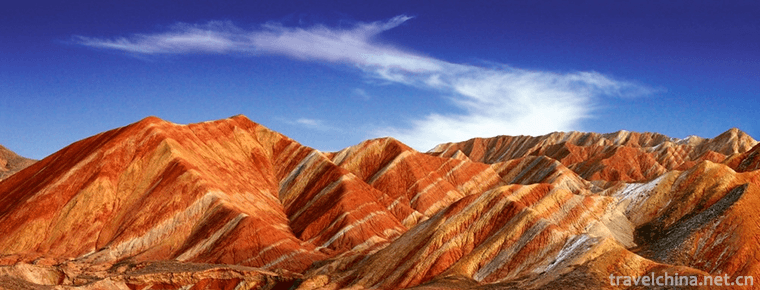
Zhangye Danxia National Geological Park
-
Changchun World Sculpture Park
Changchun World Sculpture Park is located in the south of Renmin Street in Changchun City. It covers 92 hectares, including 11.8 hectares of water.
Views: 239 Time 2018-12-05 -
Thousand Islet Lake Qiandaohu Scenic Area
Qiandaohu Scenic Area, also known as Xin'anjiang Reservoir, is located in Chun'an County, Hangzhou City, Zhejiang Province.
Views: 208 Time 2018-12-07 -
Mingyue Mountain
Mingyue Mountain: National tourist resorts, National Scenic spots, national AAAAA tourist attractions, National Forest parks, national geological parks, National Natural heritage, home of hot springs
Views: 236 Time 2018-12-08 -
Ancient town of Guandu
Guandu Town, located in the Southeastern Suburb of Kunming, is one of the famous historical and cultural ancient towns in Kunming. Guandu ancient town gate (big archway) is located in the southeastern
Views: 158 Time 2019-01-13 -
Jingtai Yellow River Stone Forest
The Yellow River Stone Forest is located in the southeast of Jingtai County, Baiyin City, adjacent to Longwan Village, Zhongquan Township. It covers an area of about 10 square kilometers
Views: 266 Time 2019-01-29 -
yuyuantan park
Yuyuantan Park, AAAA grade scenic spot, is located in Haidian District. East Gate is adjacent to Diaoyutai State Guest House; West to West Third Ring Road is separated from CCTV Tower; South Gate is n
Views: 195 Time 2019-03-08 -
Pearl Lane
Zhuji Lane, located in Zhuji Village, Zhuji Town, Nanxiong City, Guangdong Province, covers an area of about 3 square kilometers. Zhuji Ancient Lane is one of the national 4A scenic spots and one of t
Views: 263 Time 2019-03-20 -
Legend of Anima Qingxueshan
The Legend of Anima Qing Snow Mountain refers to the legendary Anima Qing Mountain God, who is a powerful and upright God riding a high-headed white horse, holding a Mani bag (a treasure).
Views: 201 Time 2019-03-28 -
Qu Opera
Opera is one of the traditional operas mainly spread in Henan Province. It was also called "Gaotai Opera" or "Quzi Opera" in the old days. Quju is popular in Henan Province and its
Views: 102 Time 2019-06-11 -
Shandong Huagu
Shandong Huagu is a traditional folk art form with Huagu as the main accompaniment instrument. It is also the only type of walking songs in Shandong folk art. Shandong Huagu is very good at expressing
Views: 175 Time 2019-06-13 -
Uygur Karakul fetus
There is a folk song "Turpan grape Hami melon, turtle's lamb a flower". Shaya Uygur Hatters use local lamb skin to make various hats, such as Duhuawa, Wuniqie and Dulikun, for people to buy.
Views: 197 Time 2019-06-26 -
Beijing Institute Of Technology
Beijing Polytechnic University was born in Yan'an in 1940. It is the first university of science and engineering founded by the Communist Party of China. It has been one of the key universities in Chi
Views: 138 Time 2019-09-06

